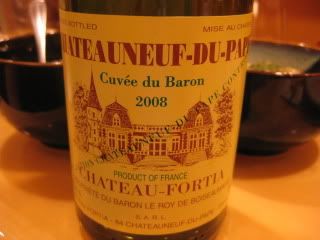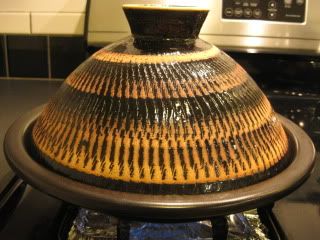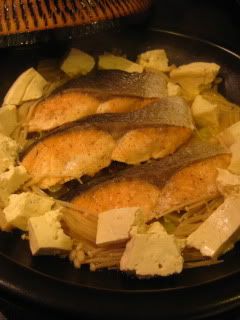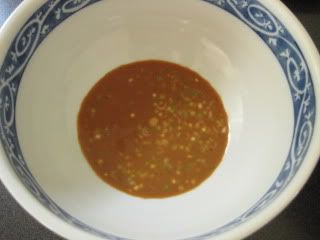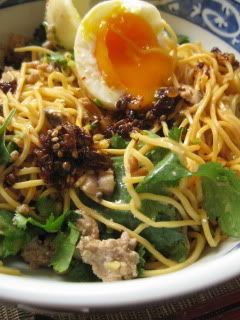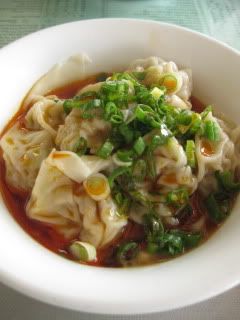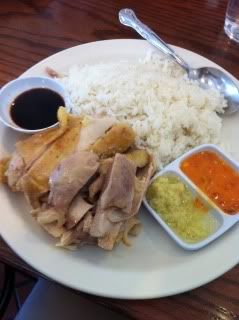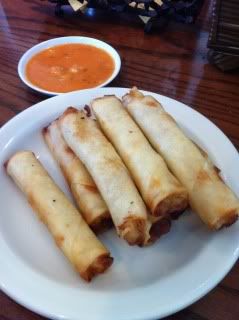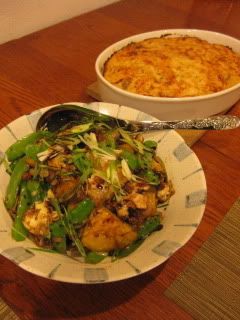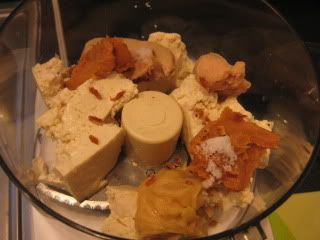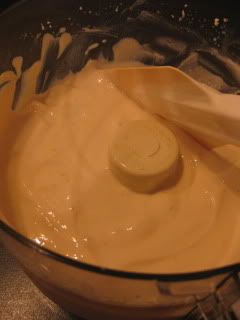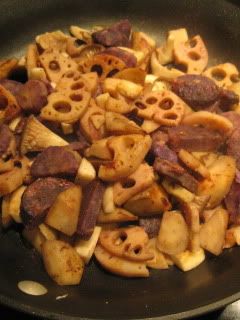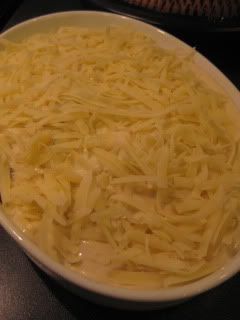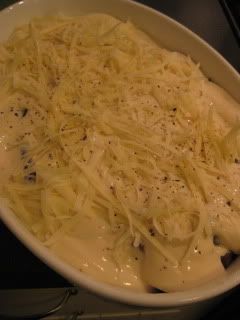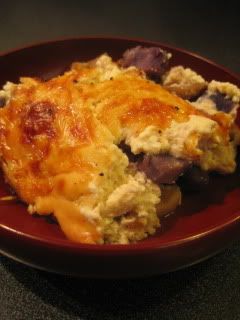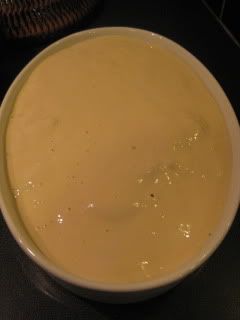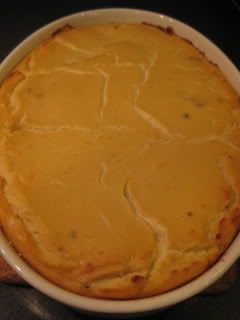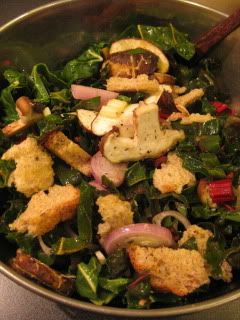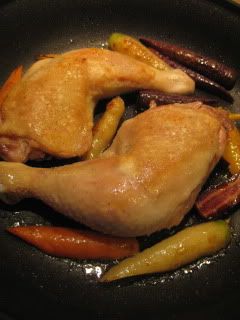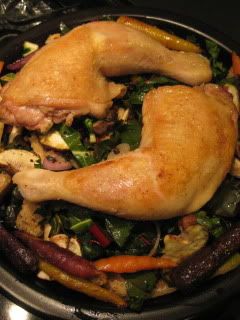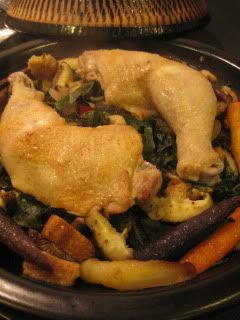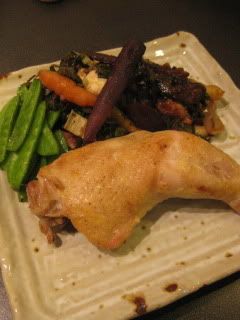
Ginjo (soft-style) sake-kasu (sake lees) goes so well with cheese. I'm serious. When I need a snack, I often make myself a small canapé with a simple mixture of sake-kasu and brie cheese. The flavor combination of both fermented products is so unique and so wonderful. I highly recommend you try it, too.
This “sake-kasu cheese” is also great in a salad. I roasted pumpkin and made a salad dish with the sake-kasu cheese. Here’s my recipe.
Kabocha and Sake-kasu Cheese SaladIngredients½ medium-size kabocha squash, peeled and cut into small pieces (about 1/3” thick)
some olive oil
salt and pepper
2-3 tablespoons walnuts, roasted and broken into smaller pieces
2 oz ripe brie cheese
2 tablespoons Ginjo (soft-style) sake-kasu
½ pound sliced shiitake mushrooms, sautéed in olive oil
(Vinaigrette)
1 shallot, thinly-sliced
1 clove garlic, thinly-sliced
4 tablespoons olive oil
1 tablespoon lemon juice
1 tablespoon balsamic vinegar
2 tablespoons dry currant
salt and pepper to taste
some black currant balsamic vinegar (optional)
Procedure1. Toss the kabocha in some olive oil, and season with salt and pepper.
2. Spread the seasoned kabocha in a baking sheet and roast in the 450F oven for 15-20 minutes or until it’s tender.
3. Meanwhile, in a small bowl, break the brie into smaller pieces by hand. Add the sake-kasu and mix by a spoon. Set aside.
4. To make the vinaigrette, sauté the shallot and garlic in 1 tablespoon olive oil in a pan.
5. Once the shallot is very soft, add the lemon juice, balsamic vinegar, and currant.
6. Bring to simmer and turn off the heat. Add the rest of the olive oil. Season with salt and pepper.
7. In a large bowl, combine he roasted kabocha, sake-kasu brie cheese, walnuts, sautéed shiitake mushrooms, and vinaigrette. It’s good to assemble right when the kabocha is roasted and still hot.
Sake-kasu combo..."Kabocha & Sake-kasu cheese salad", and "Sake-kasu root vegetables gratin".






